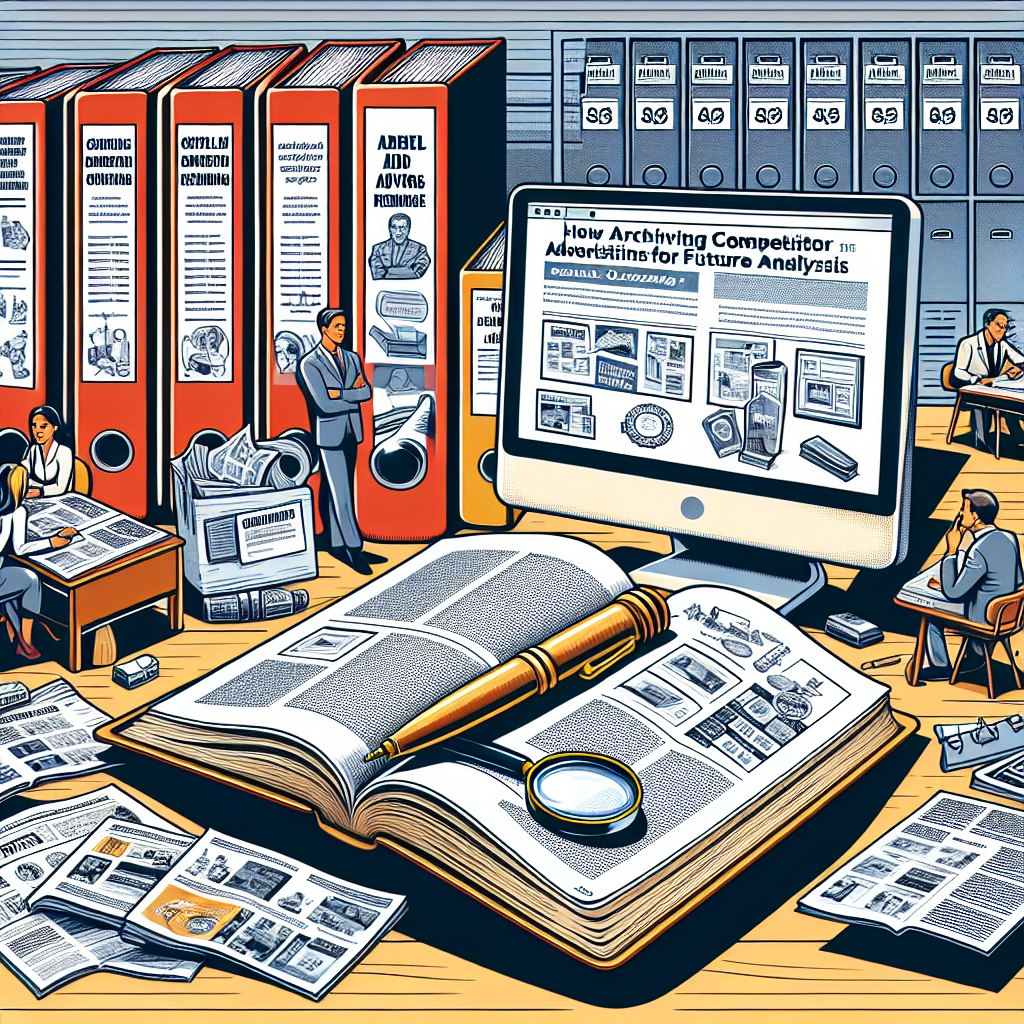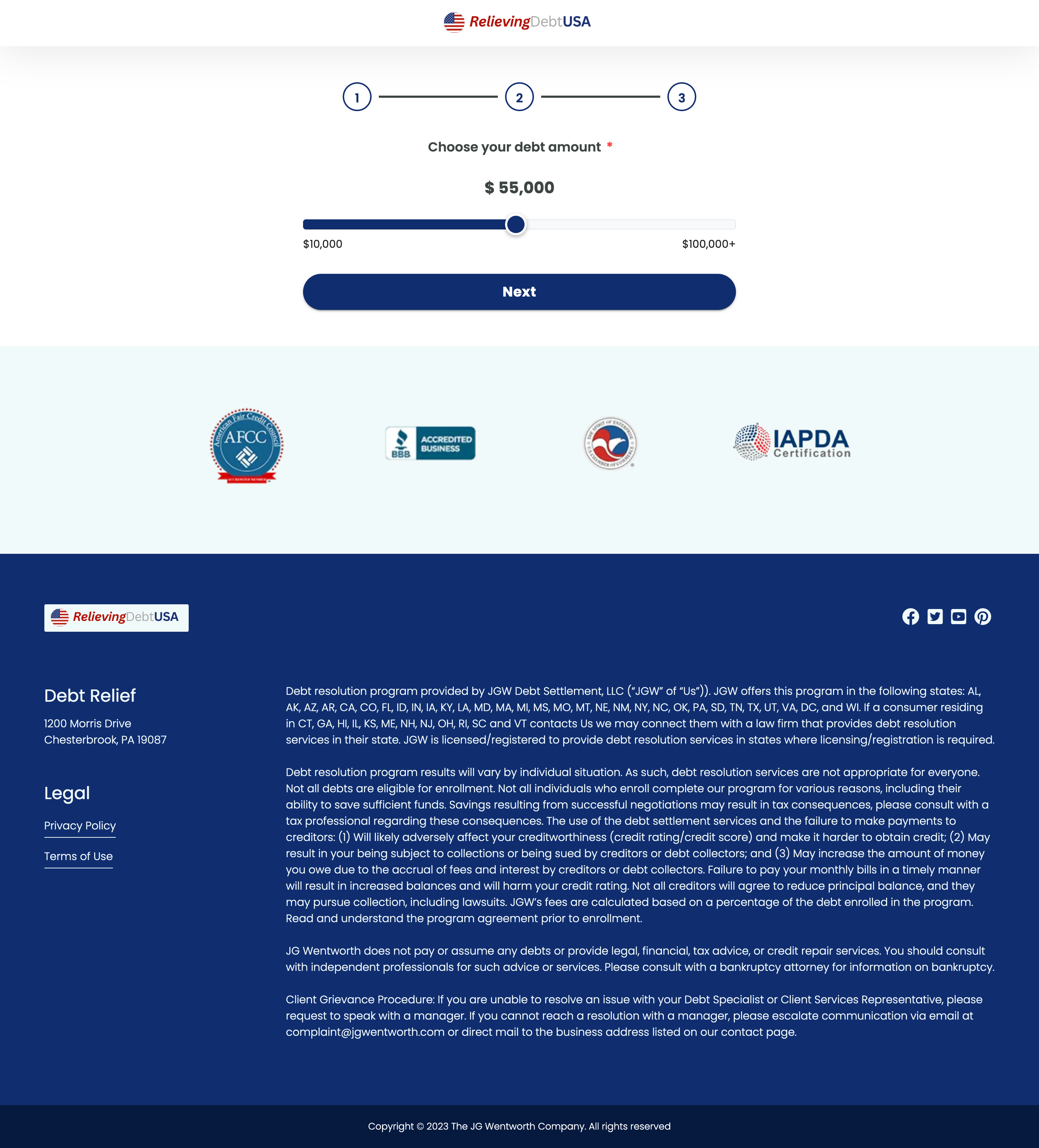How to Archive Competitor Ads for Future Analysis
Staying ahead in today’s competitive digital landscape requires meticulous assessment and analysis of competitor strategies. Archiving competitor ads can provide valuable insights into marketing tactics, ad creatives, and promotional strategies. This comprehensive guide covers effective methods to archive competitor ads for future analysis.
Table of Contents
- 1. The Importance of Archiving Competitor Ads
- 2. Choosing the Right Tools for Archiving Ads
- 3. Manual Methods of Archiving
- 4. Digital Tools and Software Solutions
- 5. Best Practices for Archiving Competitor Ads
- 6. Analyzing Archived Ads for Insights
- 7. Maintaining an Organized Archive
- 8. Leveraging the Benefits of a Landing Page Ripper
- 9. Conclusion
The Importance of Archiving Competitor Ads
Archiving competitor ads is crucial for businesses wanting to understand their market standing and to craft strategies that respond to competitor moves and trends effectively. It allows marketers to track changes, compare strategies, and learn from the effective elements of competitor campaigns.
Choosing the Right Tools for Archiving Ads
Selecting the appropriate tools is essential in effectively capturing and organizing competitor advertisement data. The choice depends on factors such as the formats of ads, the platforms they are hosted on, and the depth of analysis required.
Manual Methods of Archiving
Manual archiving involves taking screenshots or screen recordings of competitor ads. This method can be effective for capturing one-off ads, but it lacks efficiency for ongoing competitor ad campaigns. Additionally, storing and categorizing these manually obtained files can become cumbersome over time.
Digital Tools and Software Solutions
Advanced digital tools and software solutions enable automated archiving of competitor ads. Examples include social media listening tools, web scraping software, and dedicated ad archiving services. These tools help in obtaining ads directly, sometimes even across different platforms, ensuring a comprehensive collection.
Best Practices for Archiving Competitor Ads
Ensuring a systematic approach to archiving is key. Best practices include:
- Setting a regular schedule for archiving to keep up with changes.
- Organizing ads by campaign, platform, and type for easy retrieval.
- Regularly updating archives to remove obsolete data and add new insights.
Analyzing Archived Ads for Insights
With a well-maintained archive, valuable insights can be mined, such as identifying successful ad elements, understanding seasonal marketing strategies, and observing market responses. Enabling cross-analysis with your own ads can further enhance strategic planning.
Maintaining an Organized Archive
An organized archive facilitates efficient analysis and retrieval of data. Employ software that tags and categorizes ads based on numerous variables like time of publishing, target audience, and more. Ensure data redundancy is avoided and data privacy is maintained.
Leveraging the Benefits of a Landing Page Ripper
Using a specialized tool like a Landing page ripper tool significantly optimizes the process of collecting competitor ad content directly from landing pages. It allows you to save and analyze landing page HTML and CSS, download complete landing pages, and extract valuable data efficiently. Such tools simplify archiving, saving time and resources and providing insightful data for strategic purposes.
Conclusion
Archiving competitor ads is more than just storing data; it’s about extracting meaningful insights to drive innovative marketing strategies. With appropriate tools and methods, businesses can significantly benefit from a comprehensive ad archive, navigating market challenges more effectively. Employing a combination of manual and digital tools enhances the depth of your analysis, helping to stay ahead of the competition.









